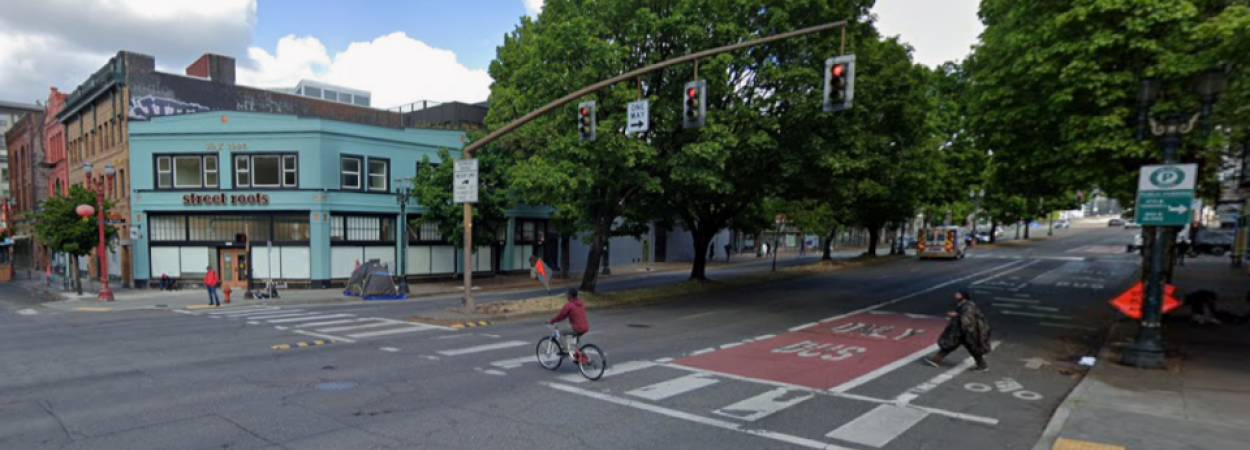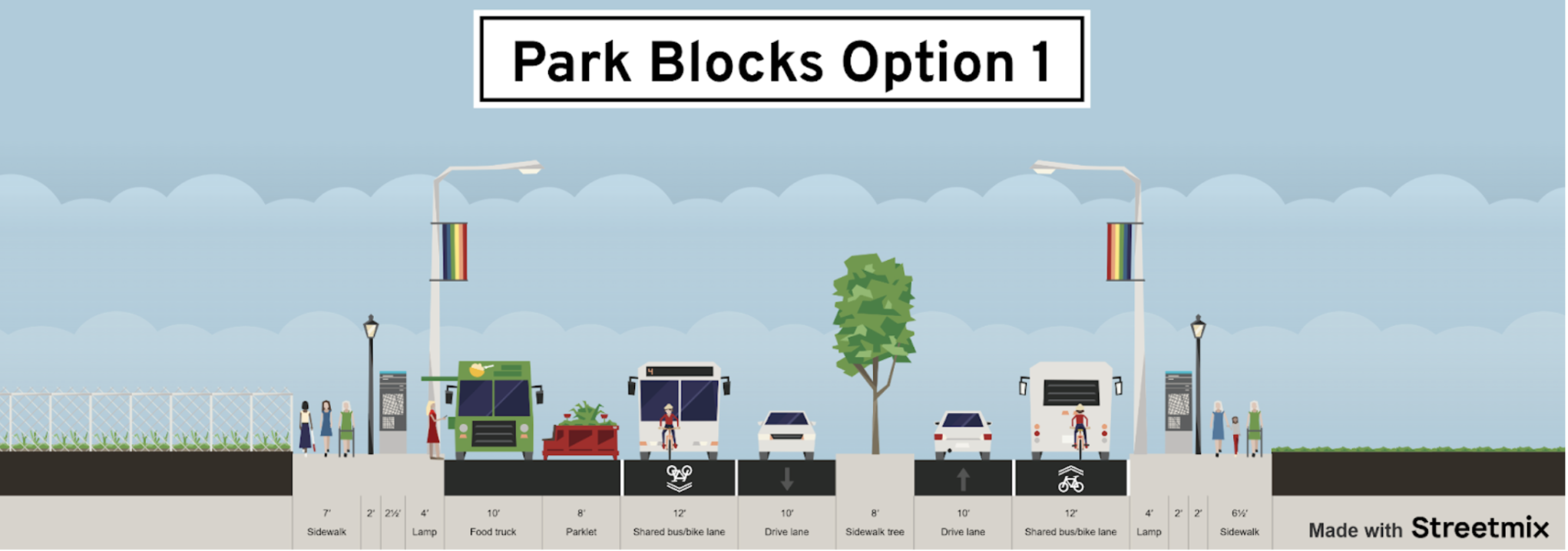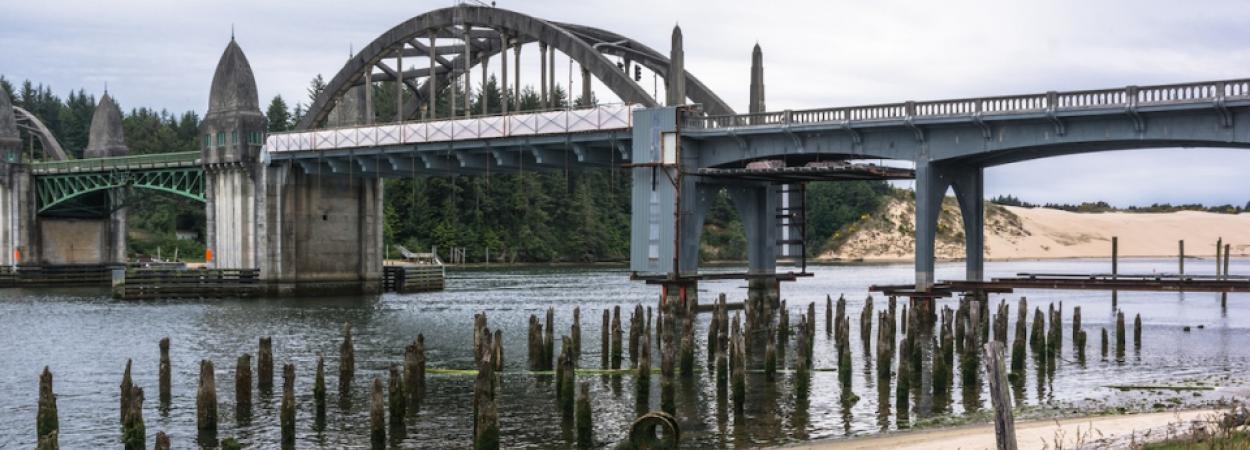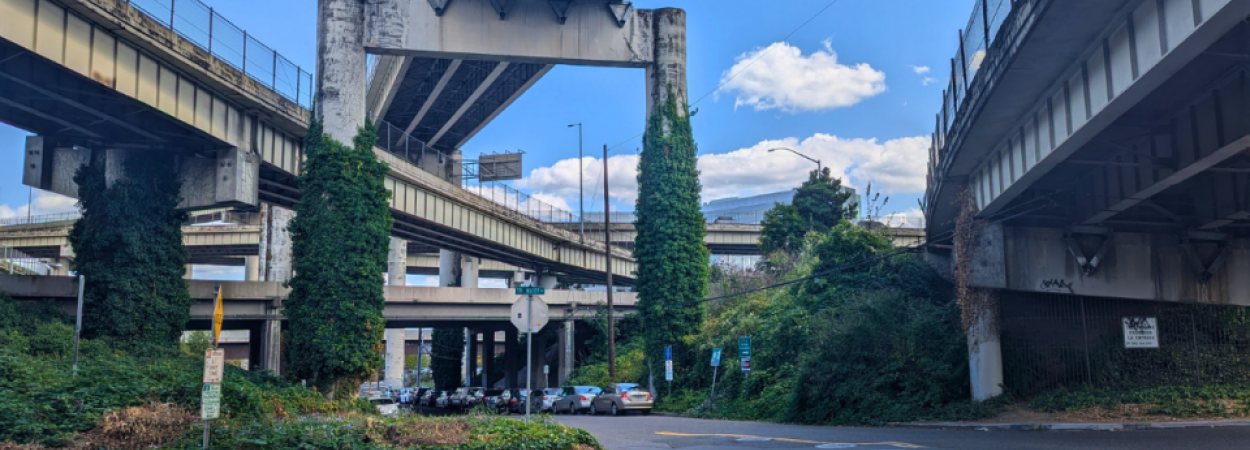Not far from Portland State University, down a little road tucked under three highway overpasses, sits the International School of Portland (ISP)—a leafy four-acre campus serving nearly 400 students from preschool to fifth grade. Despite its proximity to popular pedestrian areas, including the Downtown Waterfront, the International School of Portland is nestled amongst a few private blocks and can be difficult to access by foot or by bike. Naturally, most students arrive by car, which creates the familiar traffic jam at pickup and dropoff times.
To provide more transportation options and give the students more access to the school's surrounding neighborhood, Portland State University students are working to improve walking and biking access to the campus. Championed by ISP’s volunteer Green Team, Facilities Manager Steven Borcherding, and Head of School Bodo Heiliger, the project is now about one-third of the way through the Better Block PSU Project Pathway. Progress so far looks promising: PSU students in the 2024 Spring term spent time engaging with ISP’s school community and investigating the features of the neighborhood. This fall, PSU students in the Active Transportation Planning and Design Studio course (for which enrollment is open now) will delve further into the nuts and bolts of potential designs.
By the time the project crosses the finish line, the goal is to have a complete engineering plan for viable and affordable biking and walking facilities. Having an existing plan should make it much easier for the school to work with the city to implement the changes.
GOALS FOR THE INTERNATIONAL SCHOOL OF PORTLAND
The focus of the project is a small stretch of South Sheridan Street, under the Interstate 5 on-ramp and Interstate 405. The highway overpasses create a unique access obstacle, partly because of the lack of sidewalks on a road under multiple overpasses, but also because cars exiting the highway are entering the small road at close to highway speeds. There is also no accessibility for individuals in wheelchairs or with any mobility challenges.
The area is frequented by people who park there and walk to the South Waterfront along South Moody Avenue, where they can find multiple transit and micromobility options by the car-free Tilikum Bridge Crossing. Some of them are students and staff of downtown employers like nearby Oregon Health and Science University (OHSU). Connecting this stretch of Sheridan to the International School of Portland would also improve general access to the facilities on South Moody, and greater connectivity between the different parts of downtown.
"Ultimately, we see this as a great opportunity to beautify and create a safe access route for our entire neighborhood," said Heiliger. Based on a recommendation from a parent, he and Facilities Manager Borcherding are the ones who reached out to TREC with their project proposal for the Better Block PSU program.
Why turn to PSU students?
There are many reasons. There is no cost to work with PSU transportation planning and engineering students in Better Block PSU, and the work the students produce can help community members navigate permitting processes and propose informed solutions to be implemented. Additionally, working with the students and engaging with neighborhood stakeholders is a form of community building, and in line with ISP's values of education to help students inquire, take action, and learn from real-world experiences.
WHAT WORK HAS BEEN DONE SO FAR?
Early in the Spring term of 2024, a group of students in the Bicycle and Pedestrian Planning course met with Heiliger and Borcherding to discuss the project. The team members were:
- Evan Howington, a Masters in Urban and Regional Planning (MURP) student who also works as a graduate research assistant on other projects for TREC;
- Shotaro Kato, an exchange student from Japan and an undergraduate in Urban and Public Affairs;
- Steven Lowe, a senior-year undergraduate in Urban and Public Affairs;
- Tristan Stretch, a graduate student in the Graduate Certificate for Transportation program.
After getting a sense of what the International School of Portland was hoping for, the group examined the history of the area to understand how it came to be. The road and the little patch of land under the overpasses are specifically mentioned in highway planning documents going back as far as the 1980s, but these spaces have not been meaningfully utilized in the years since. Team member Tristan Stretch felt good about helping to rectify a long-ignored situation that directly involves young schoolchildren.
"They're kids. They deserve safety and a nice enjoyable space to learn and grow," said Stretch.
The team came up with three main deliverables over the course of the term:
- Existing Conditions Report – This report offers an overview of the site, including its planning history, land use, weather, and surrounding features. Students also conducted manual counts to identify how many bicycles, pedestrians and cars use the street during peak times of day.
- Public participation plan – This report includes a project impact analysis and sample outreach materials, as well as a comprehensive public participation strategy.
- Project Decisions and Performance Measures – This report defines the goals and objectives of the project, outlined below, along with design ideas. It also includes a decision matrix to evaluate the designs based on cost, time, accessibility, and how each design meets the needs of the school.
"Working with the PSU students and the university has been great; everyone is very flexible and curious to find solutions. This tiny little underpass by ISP creates a great deal of congestion, so this is a chance to bring our community together around a vision and expand safe access not only to our school but to the South Waterfront," Heiliger said.
If this project results in an easy walking connection from ISP to South Moody, that would open up brand-new transit options for parents who currently drive in from all over the metro area.
"We didn't record anyone that took public transit to school, only cyclists and pedestrians that were walking to school from a car, or from home. We made a map of the zip codes that people are driving from; some people come from as far as Vancouver, Washington. They drive that far just for the International School of Portland. Yet they are so close to so much transit," said Lowe.
WHAT'S NEXT?
There are three phases of the Better Block PSU project pathway each year.
Phase 1—Spring term 2024: Students in a Bicycle and Pedestrian Planning course work with the project champions to develop community engagement plans, activity and behavior monitoring, data collection plans, and performance measures.
Howington, Kato, Lowe and Stretch have completed this phase. This Fall, the South Sheridan Street project will move on to phase two.
Phase 2—Fall term 2024: Students in the Active Transportation Planning and Design Studio develop design alternatives and cost estimates.
This Fall, the Active Transportation Planning and Design Studio course may include some members of the group who worked on the project in the Spring term, continuing to develop what they started, while other students may be new to the project.
Phase 3—Spring term 2025: A year after it first began, the project will be ready to move on to the final phase: the engineering capstone. In this phase, student(s) in the civil engineering program will develop an engineering plan that includes design alternatives, a traffic control plan, and other materials that can assist with the city permitting process.
"The Better Block PSU process is really cool because it starts broad and democratic, and then you get to the point where you can get the shovel out and actually do it," Howington said.
For the South Sheridan street redesign, it is anticipated that an engineering capstone student will take on this element of the project in early 2025.
MORE ABOUT BETTER BLOCK PSU
Better Block PSU is a partnership between volunteer-led group Better Block PDX and Portland State University. Projects are submitted by community members, and can range from short-term demonstration projects—like the Montgomery Street Pop-Up Plaza on the PSU campus—to long-lasting changes like Better Naito, a student design which was first implemented in 2015 on a temporary basis and later made permanent.
A more recent success story is the Steel Bridge Skatepark, which was designed by PSU students in 2023 and funded by the City of Portland in 2024. Construction of the park is ongoing.
Read about other Better Block PSU projects here.
Portland State University's Transportation Research and Education Center (TREC) is home to the U.S. DOT funded National Institute for Transportation and Communities (NITC), the Initiative for Bicycle and Pedestrian Innovation (IBPI), PORTAL, BikePed Portal and other transportation grants and programs. We produce impactful research and tools for transportation decision makers, expand the diversity and capacity of the workforce, and engage students and professionals through education and participation in research. To get updates about what's going on at TREC, sign up for our monthly newsletter or follow us on social media.


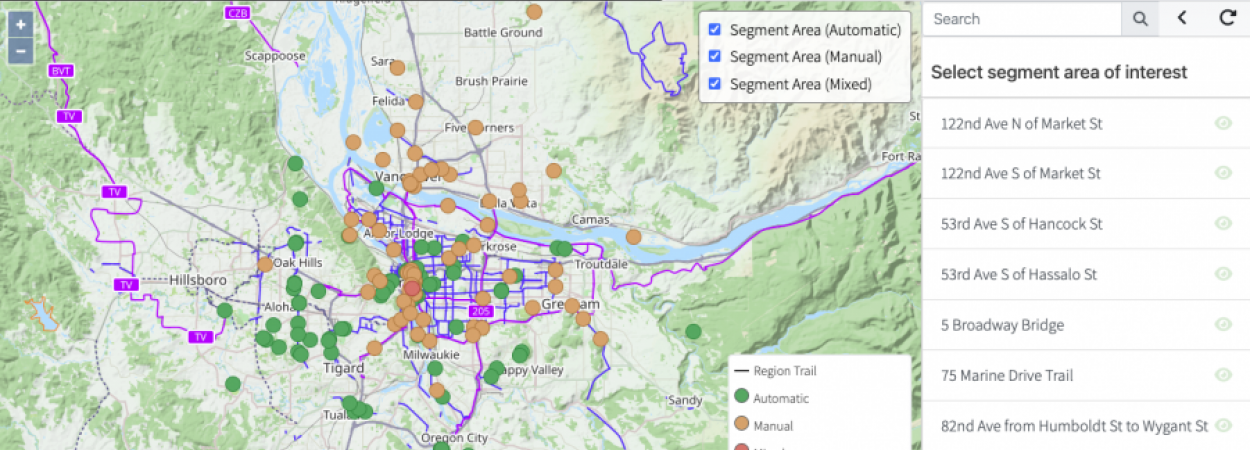
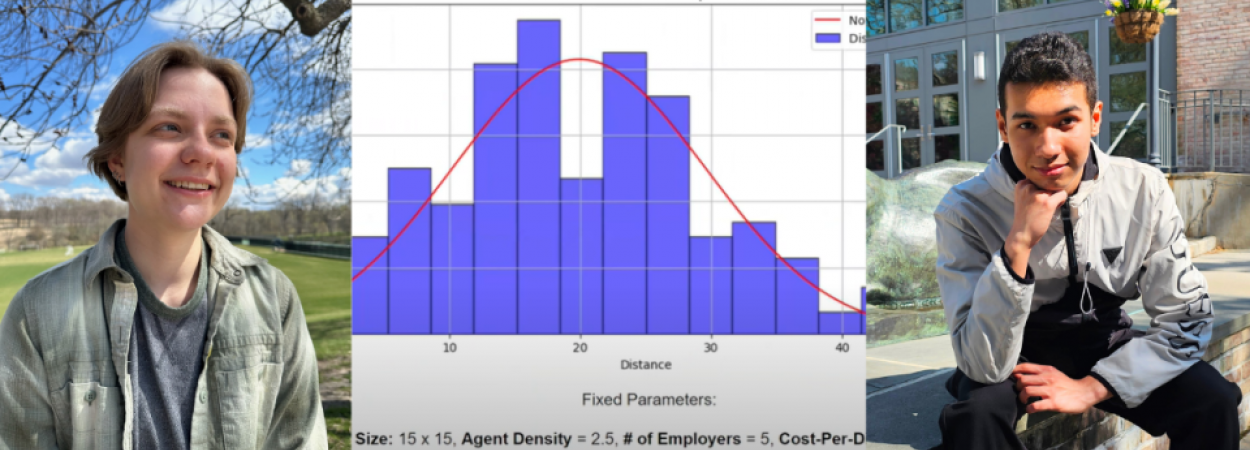
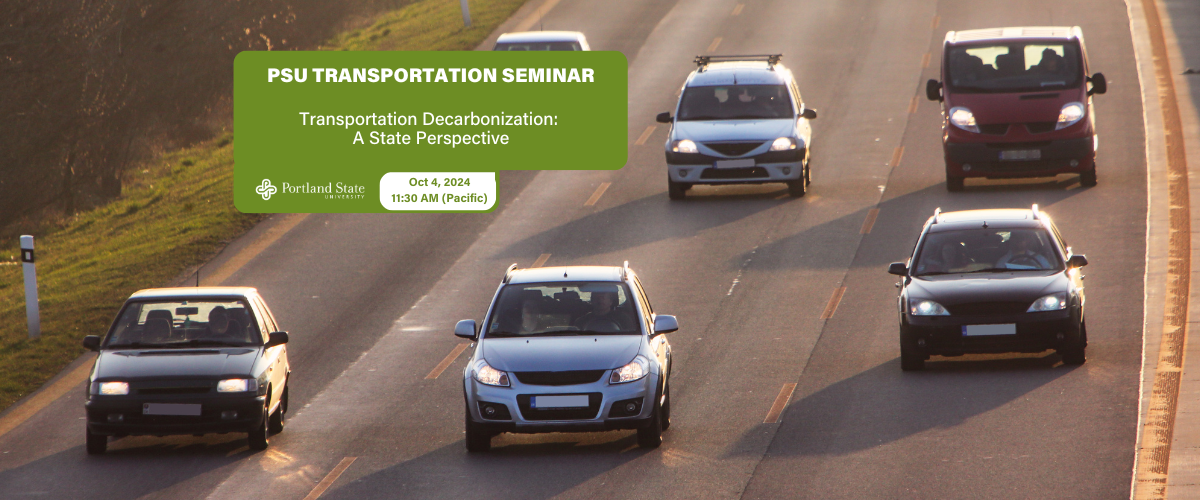
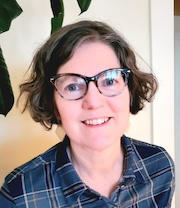 Tara supports ODOT’s Climate Office in a variety of data and analysis efforts related to greenhouse gas scenario planning and targets, adding a climate lens to state funding decisions, and other climate actions in coordination with a broad mix of state and local partners. She has over 25 years of public and private experience in modeling and analysis of multi-modal transportation systems. Her career has focused on quantifying the complex interactions of transportation, land use, and the environment. She holds bachelor’s and master's degrees in civil engineering from Purdue University and University of California – Berkeley, and is a registered professional engineer.
Tara supports ODOT’s Climate Office in a variety of data and analysis efforts related to greenhouse gas scenario planning and targets, adding a climate lens to state funding decisions, and other climate actions in coordination with a broad mix of state and local partners. She has over 25 years of public and private experience in modeling and analysis of multi-modal transportation systems. Her career has focused on quantifying the complex interactions of transportation, land use, and the environment. She holds bachelor’s and master's degrees in civil engineering from Purdue University and University of California – Berkeley, and is a registered professional engineer. 